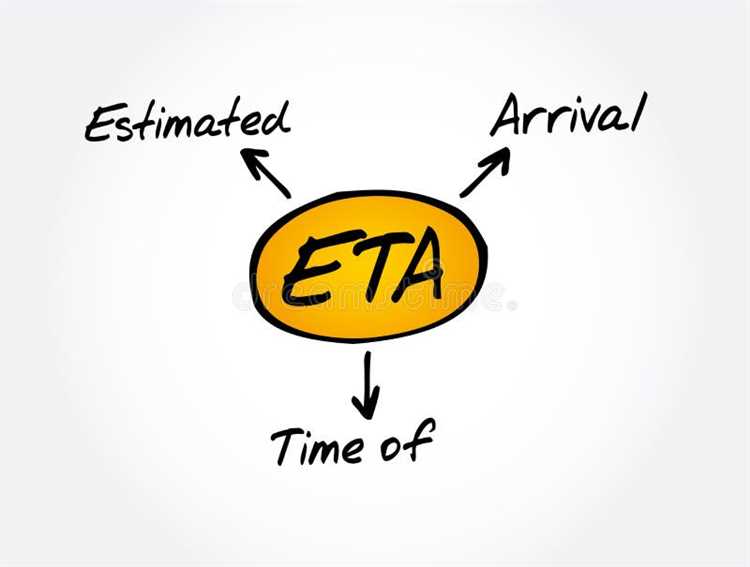
1. Definition and Importance
The concept of ETA (Estimated Time of Arrival) plays a crucial role in container logistics, signifying the projected time a shipment is expected to arrive at its destination. This estimation is vital for logistics planning and optimization, affecting everything from port operations to cargo scheduling. Understanding ETA is fundamental in ensuring efficiency and reliability in the supply chain, providing stakeholders with essential data to make informed decisions.
2. Key Terms and Explanations
- Arrival Prediction: This term refers to the use of algorithms and historical data to forecast the ETA of a shipment. It incorporates variables such as vessel speed, route optimization, and weather impact to enhance forecast accuracy.
- Logistics Planning: Planning involves the strategic scheduling of cargo movement and resource allocation to optimize delivery times and reduce costs. It relies heavily on accurate ETA estimations and real-time updates.
- Shipment Tracking: A process enabling stakeholders to monitor the progress of their cargo in real-time. Tracking technologies utilize logistics algorithms and GPS data to provide up-to-date shipment updates.
3. Application in Container Logistics
In the realm of container logistics, the application of ETA estimations extends beyond mere arrival times. It encompasses route optimization to minimize delays and forecasting to mitigate the impact of weather on shipping schedules. By leveraging real-time updates, logistics professionals can adjust plans on the fly, ensuring port efficiency and timely deliveries. This adaptability underscores the importance of accurate and dynamic ETA estimation strategies in modern logistics operations.

Leave a Reply